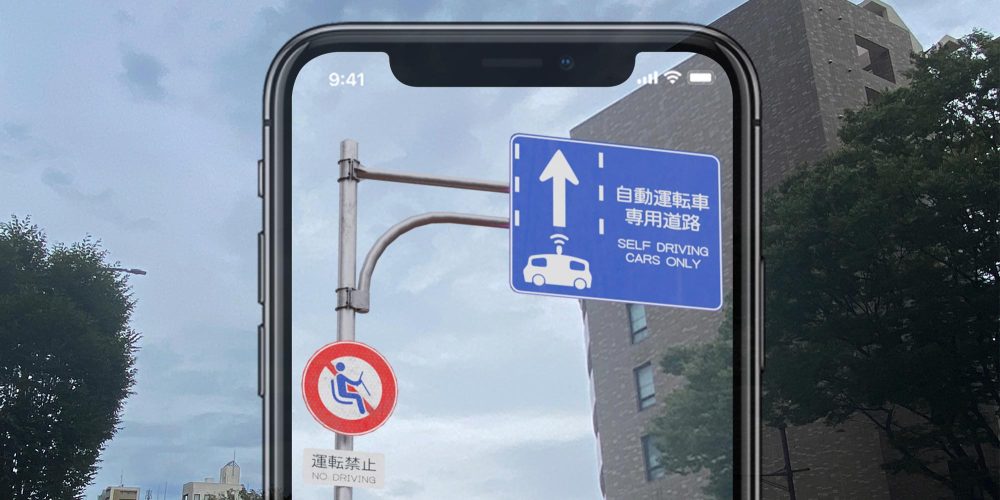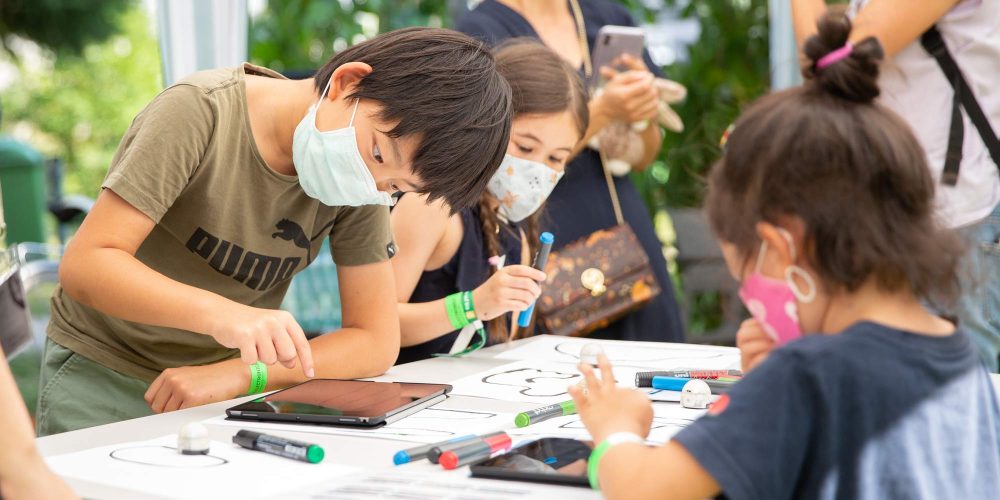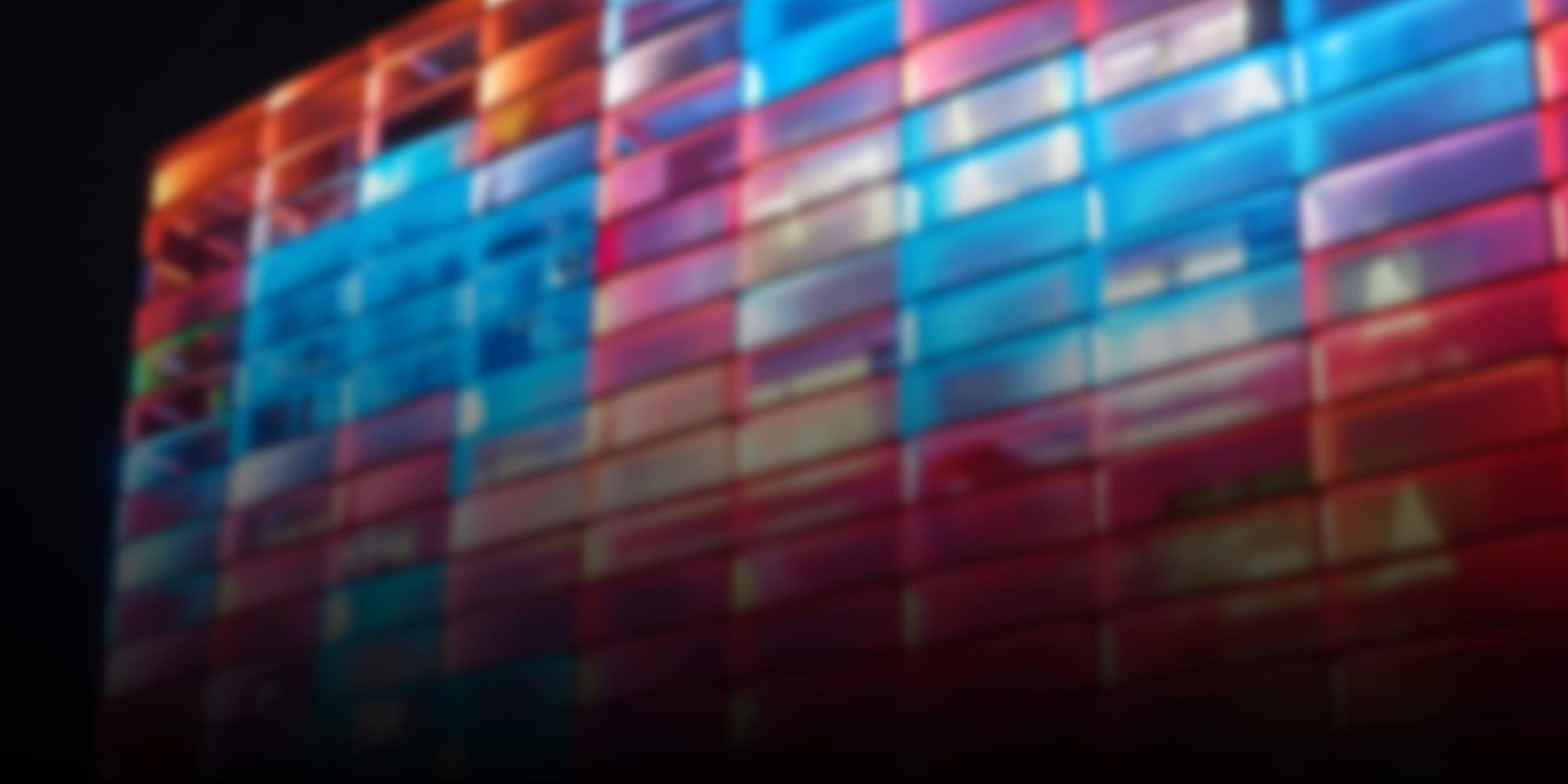
2022
-
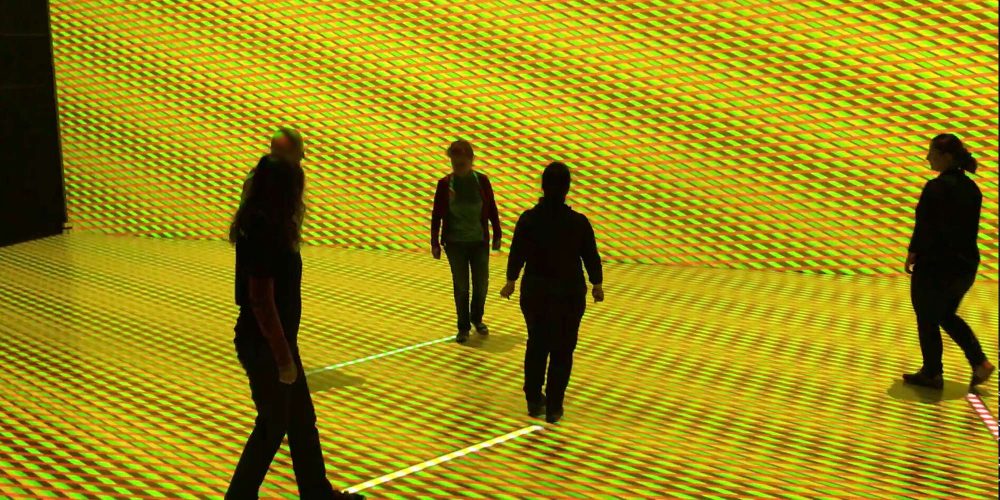
Crushed fruit and jumping dogs: TIME OUT .10
Two years late, TIME OUT is entering its next round. Students from the Linz Art University’s “Time-Based and Interactive Media Arts” program are showing selected works at the Ars Electronica Center.
-
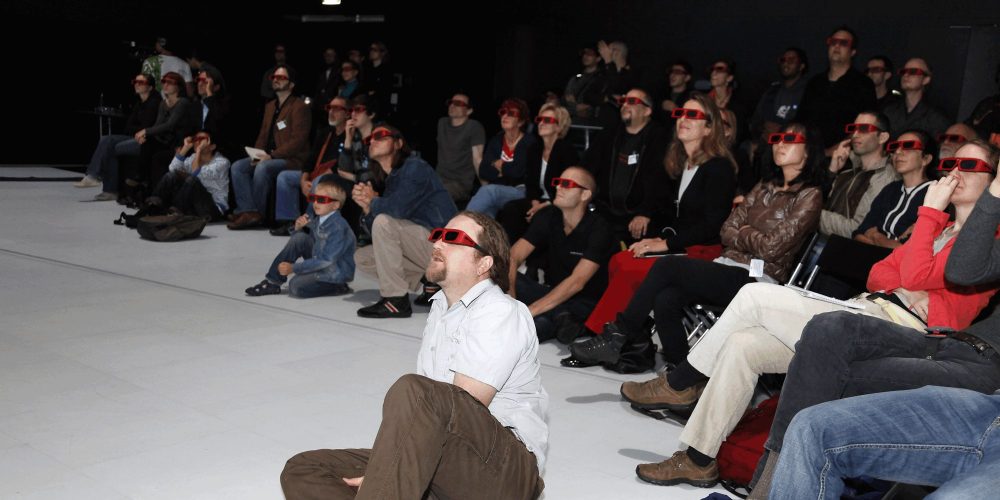
Throwback: The birth of the Deep Space
Deep Space EVOLUTION marks the start of Ars Electronica’s next chapter when it comes to immersive visual worlds. But how did the story of the giant projection room in the Ars Electronica Center begin?
-
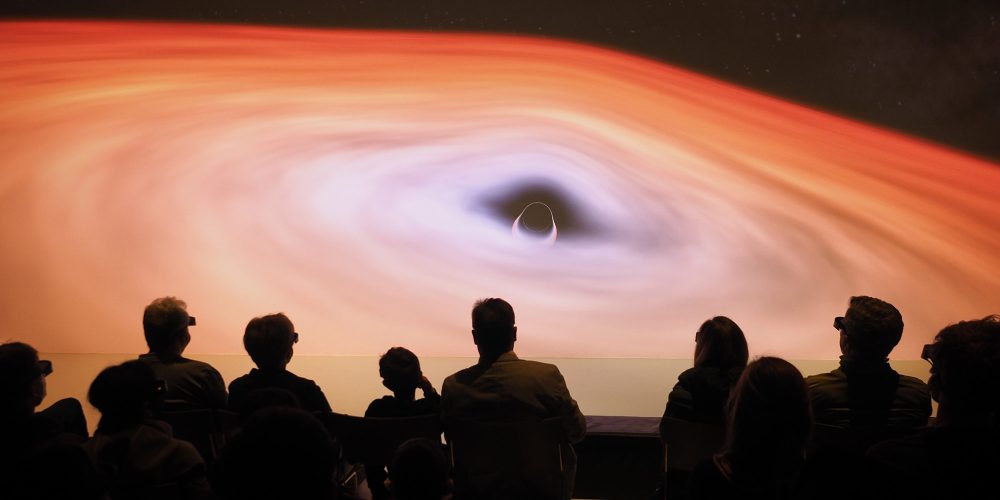
The Deep Space EVOLUTION has started
On March 30, 2022, Deep Space EVOLUTION celebrated its premiere at the Ars Electronica Center. We have a few impressions for you.
-
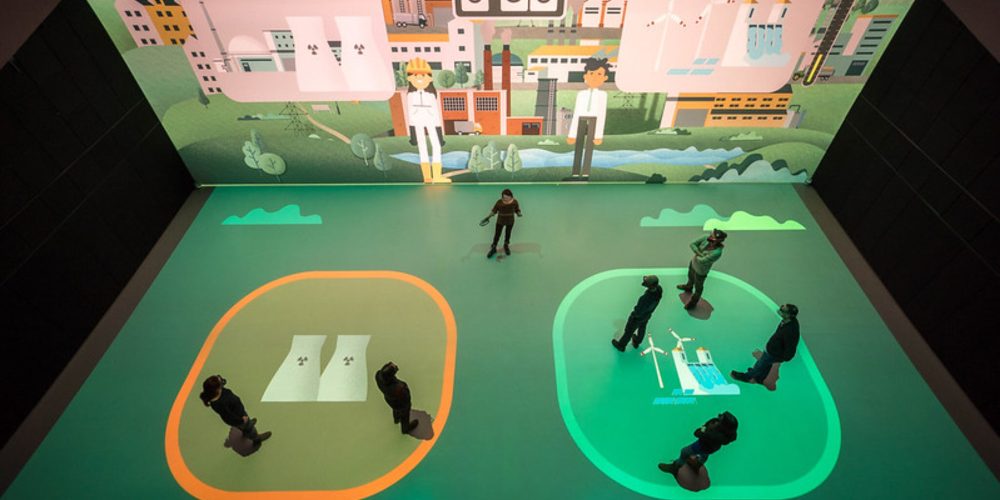
That’s what the new Deep Space EVOLUTION program looks like
New laser projectors, the most powerful graphics cards, a 3D tracking system and a whole range of new interactive programs and spectacular applications. This is Deep Space EVOLUTION.
-
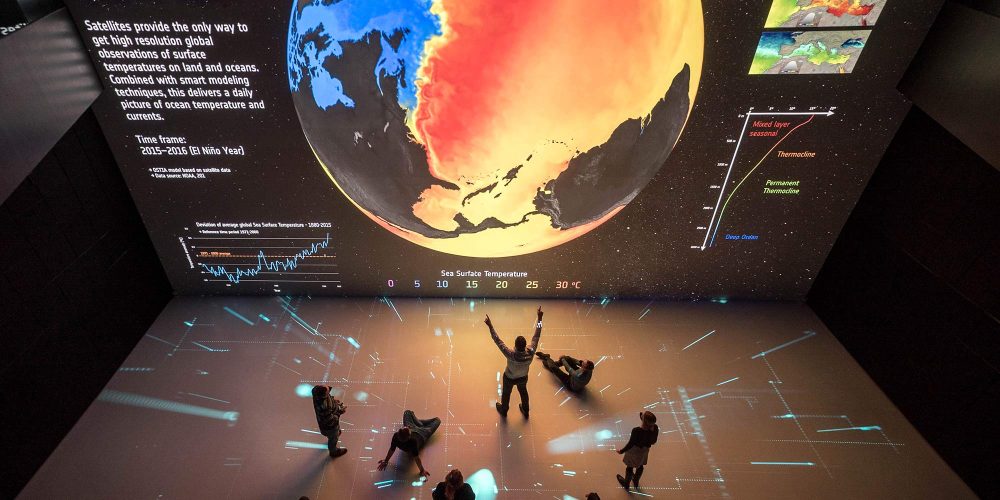
Deep Space EVOLUTION: From the Cave into the Deep Space
With the CAVE, the Ars Electronica Futurelab laid the foundation for this experiential environment in the 1990s. “Deep Space EVOLUTION” is Ars Electronica’s next chapter when it comes to immersive visual worlds.
-

Throwback: The Teleklettergarten
An oversized computer keyboard as a climbing wall on the facade of the Linz Art University. That was the teleclimbing garden.
-
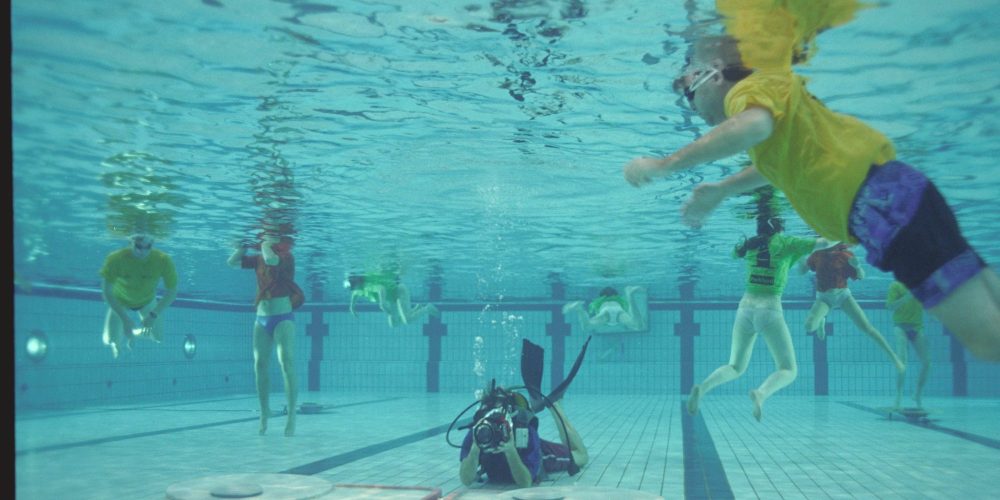
Throwback: Liquid Cities
During the Ars Electronica Festival in 1996, the indoor pool of the Parkbad Linz transformed into a fluid interactive 3D space.
-
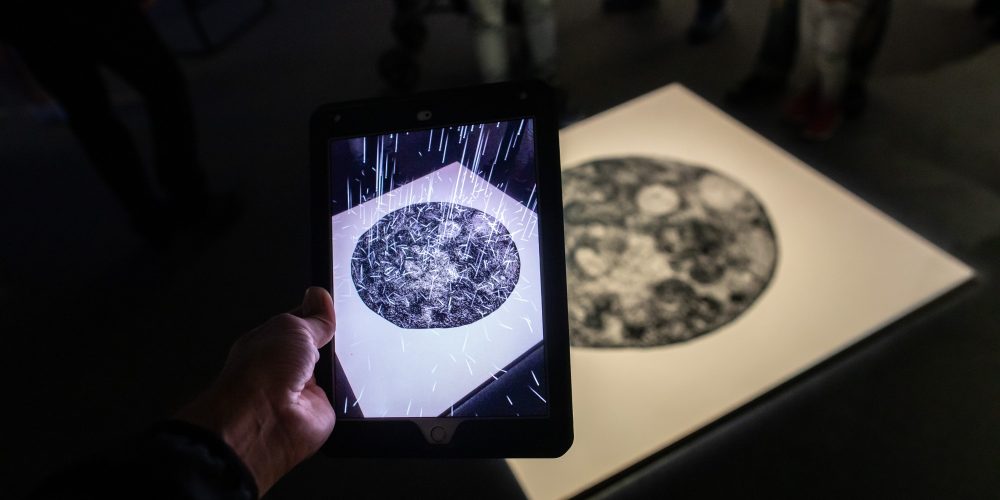
Throwback: Mirages & miracles
The exhibition Mirages & miracles at the Ars Electronica Center staged augmented reality in a virtuoso and imaginative way.
-
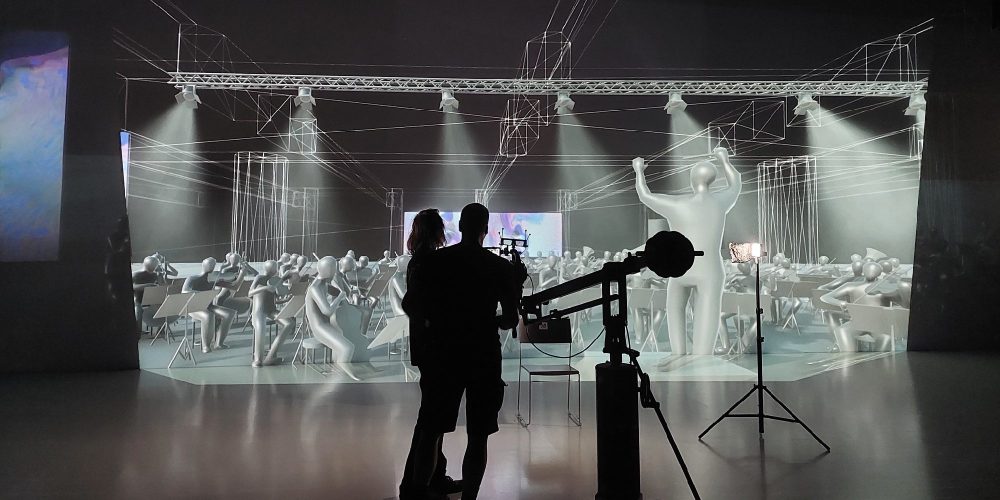
How to dive into hybrid reality
“Action!” The Ars Electronica Futurelab’s team shares its insights on the new video production system Deep Virtual.
-
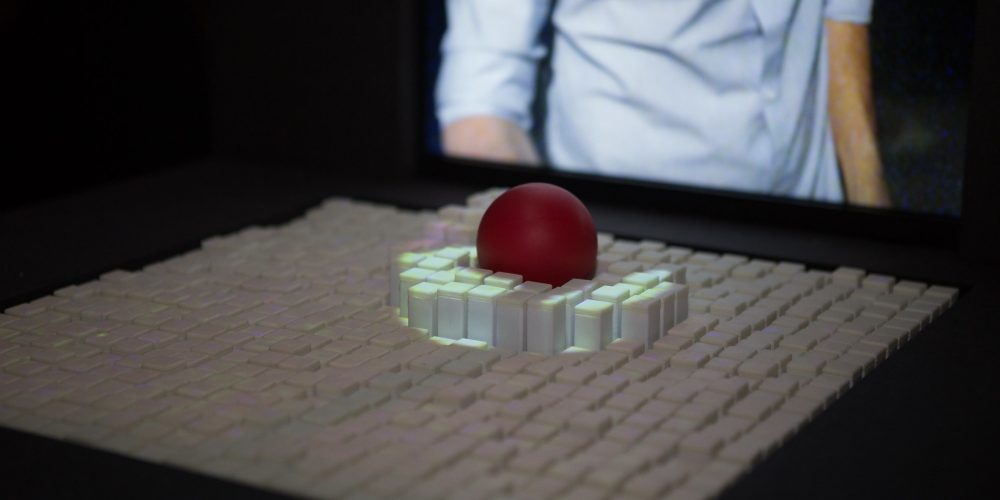
Throwback: inFORM
MIT-Medialab’s inFORM application addressed the question of how to get the digital back into the physical world.
-
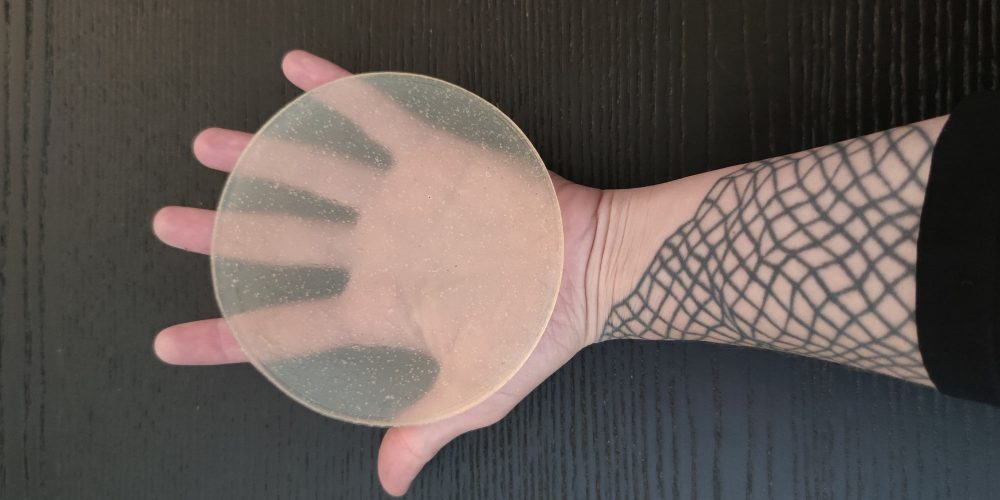
Circular Records for Circular Futures
Can records be made from biomaterials? Artists Kat Austen and Fara Peluso think so and will work on developing a low-carbon alternative to vinyl during their S+T+ARTS Residency.
-
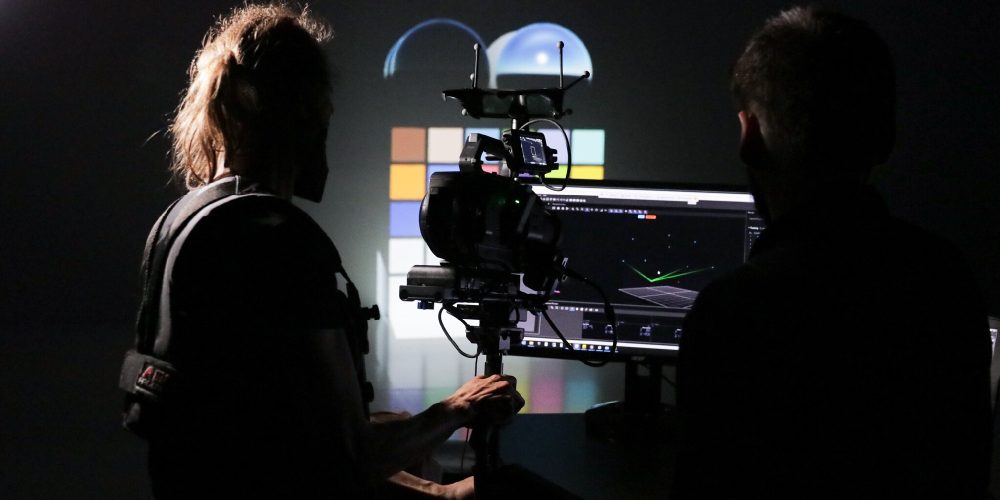
Virtual Reality beyond Deep Space 8K
Camera rolling! Ars Electronica Futurelab’s Deep Virtual video production system merges physical and virtual reality to live-stream VR from Deep Space 8K.
-

Throwback: GeoPulse
GeoPulse opened up an interactive experience space for visitors of the Ars Electronica Center that compiled multi-layered data about our world and made it possible to experience it in a playful way.
-
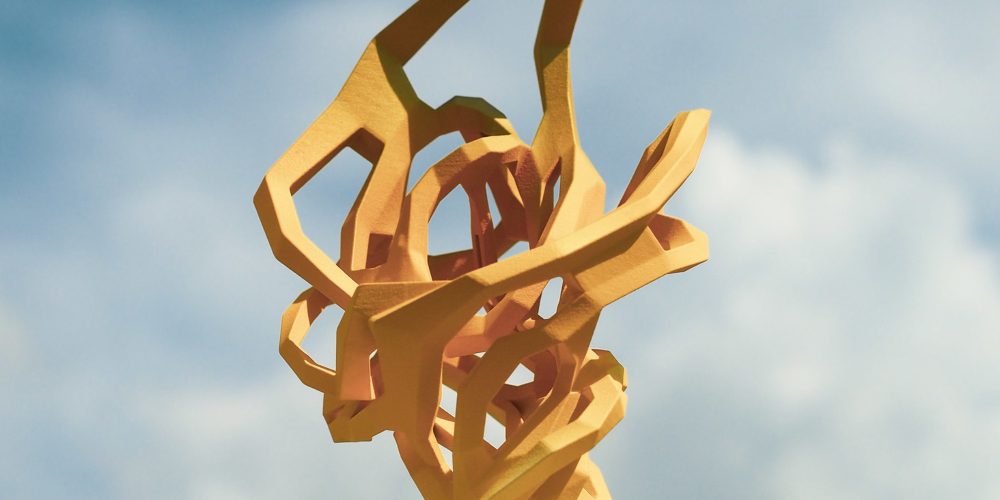
STARTS Prize 2022
This year, the STARTS Prize will once again honor innovative projects at the intersection of art, technology and science that have the potential to contribute to economic and social innovation.
-
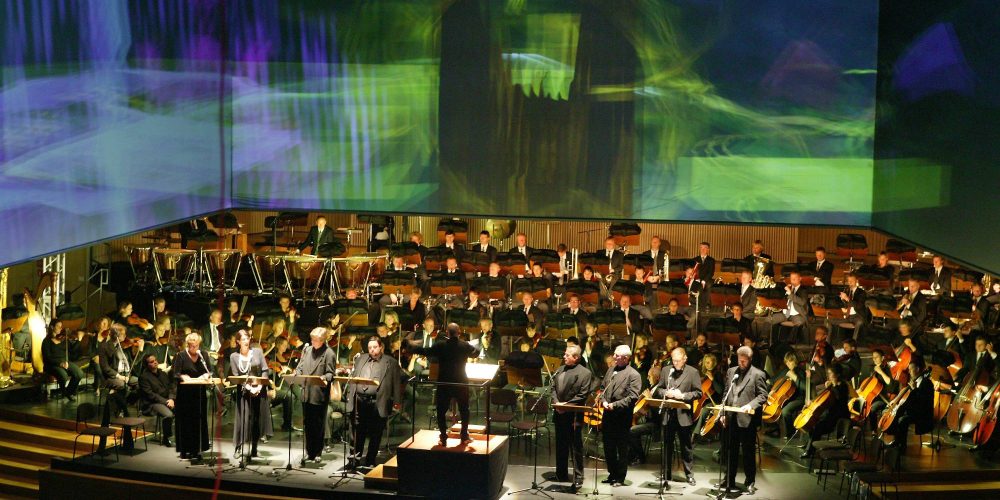
Throwback: Das Rheingold
In 2004, the Ars Electronica Futurelab designed an interactive computer-controlled visualization for the opera “Das Rheingold” by Richard Wagner.
-
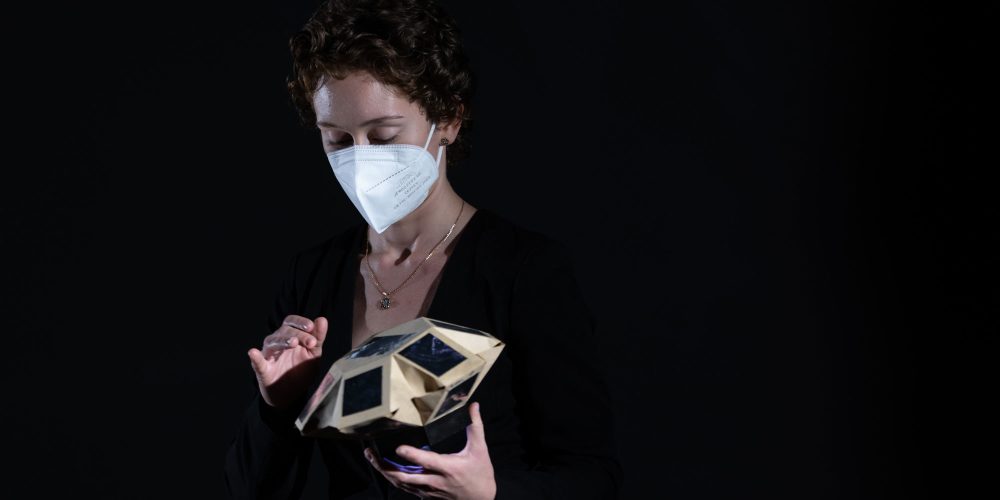
Origami, robotics and a new world of music
How do origami and robotics create music? The Ars Electronica Futurelab’s new video presents the world of oribotic instruments.
-
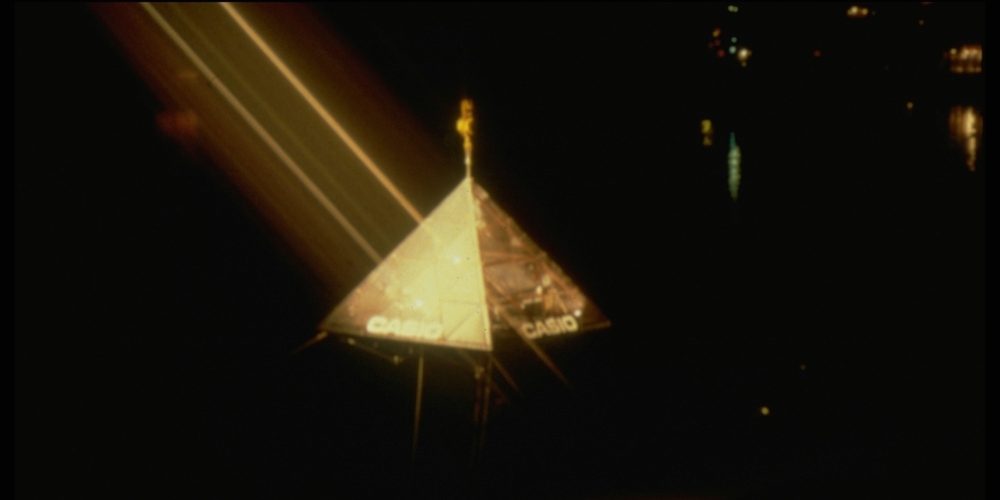
Throwback: UFOs over Linz
In a glass pyramid, 30 meters above the Danube, Isao Tomita enchanted the visitors of the Klangwolke 1984.
-
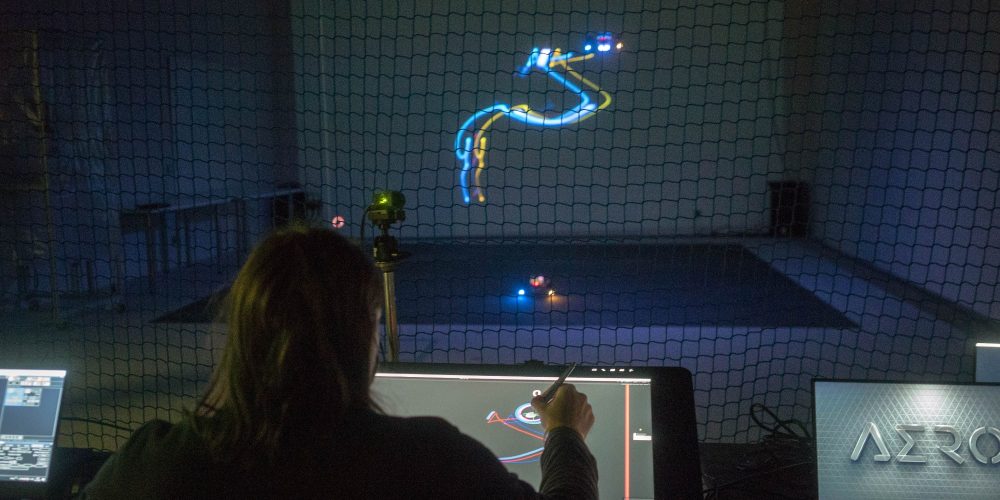
New technologies as part of law studies
Law students rarely deal with new technologies – that’s what the Future Thinking School and the JKU want to change.
-

Throwback: The pioneer of the synthesizer
Robert Moog is considered a pioneer of the synthesizer. In the 80s, the American inventor honored us twice in Linz.
-
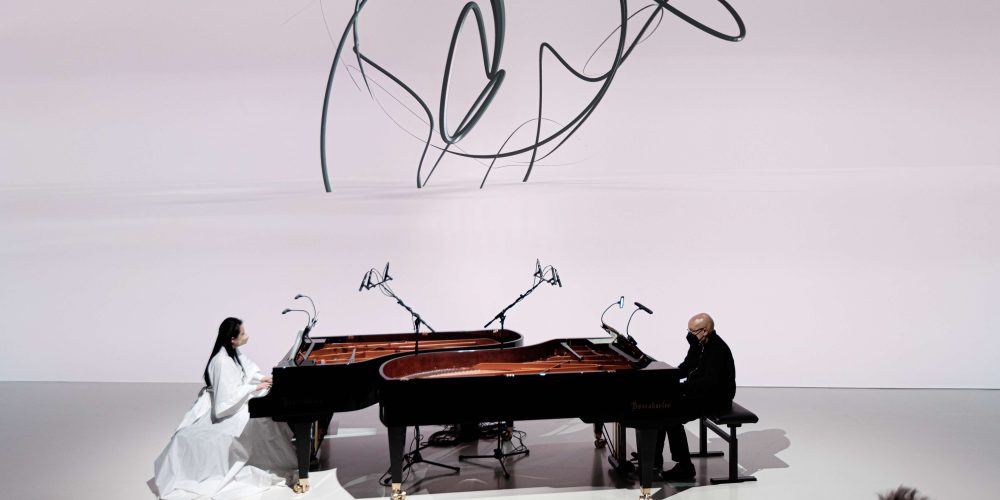
Deep Space Concert: Philip Glass 85
On the occasion of the 85th birthday of Philip Glass, one of the most important composers of our time, pianists Dennis Russell Davies and Maki Namekawa dedicated an extraordinary concert to his music.
-
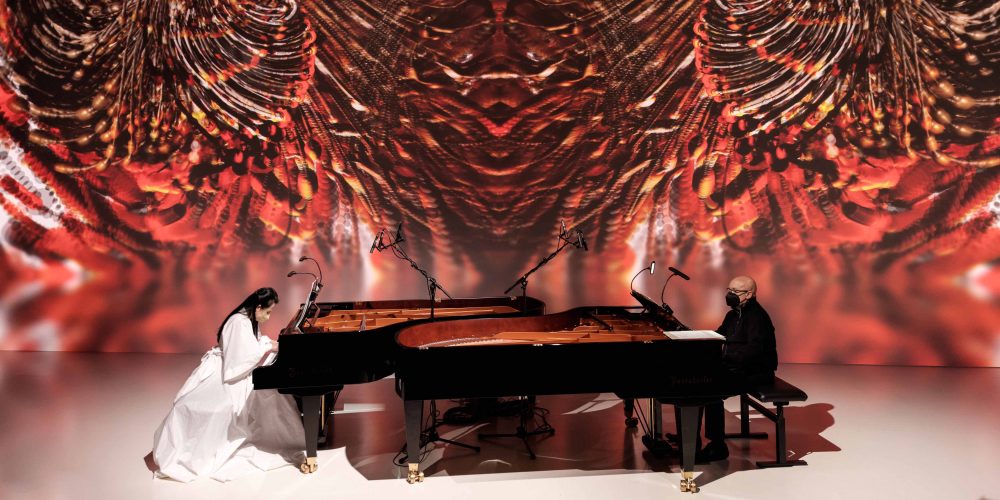
An Evening for Philip Glass
This is rather extraordinary, when two pianists congratulate a composer on his 85th birthday with his own music.
-
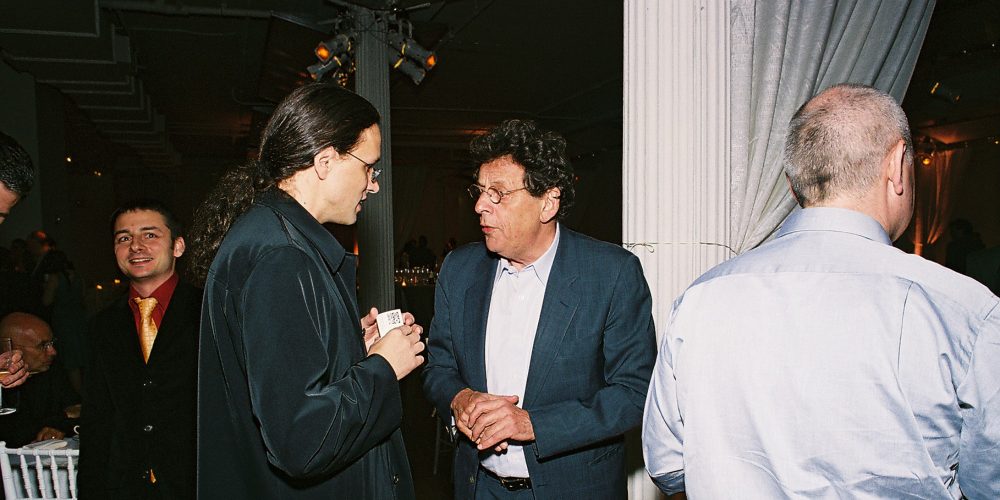
Happy Birthday, Philip Glass!
Philip Glass, the most famous representative of minimal music and longtime companion of Ars Electronica, celebrates his 85th birthday – we congratulate him!
-
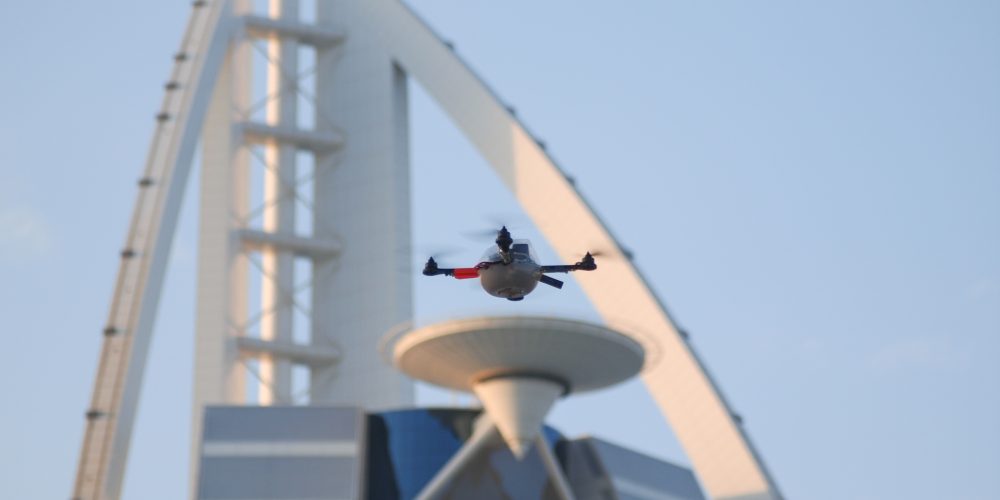
Throwback: Spaxels
Spaxels are autonomous drones that can be moved freely in space to form dynamic, three-dimensional figures in the night sky.
-
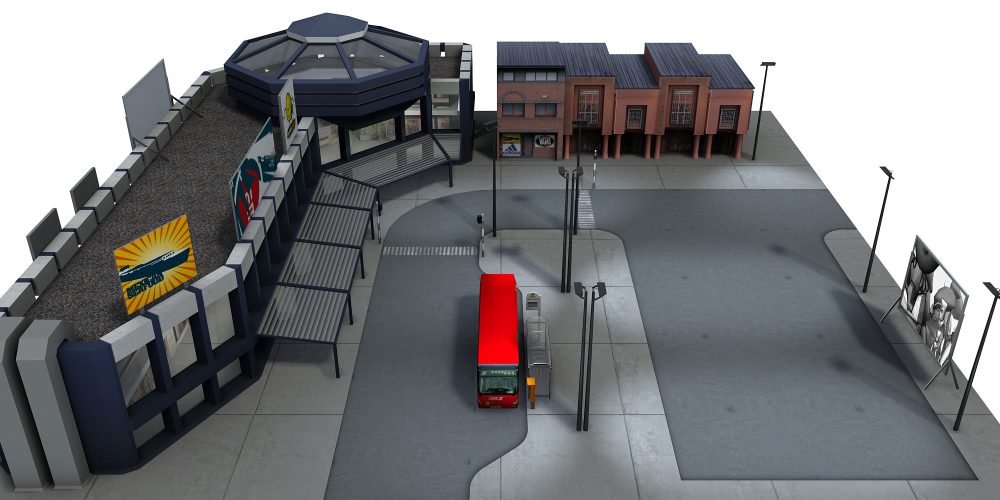
Throwback: City Puzzle
City Puzzle by the Ars Electronica Futurelab was an interactive simulation environment that let you create virtual urban landscapes.
-

Into the new year with our future experts
To kick off the new year, the Ars Electronica Futurelab is giving very special futurologists a chance to have their say.
-
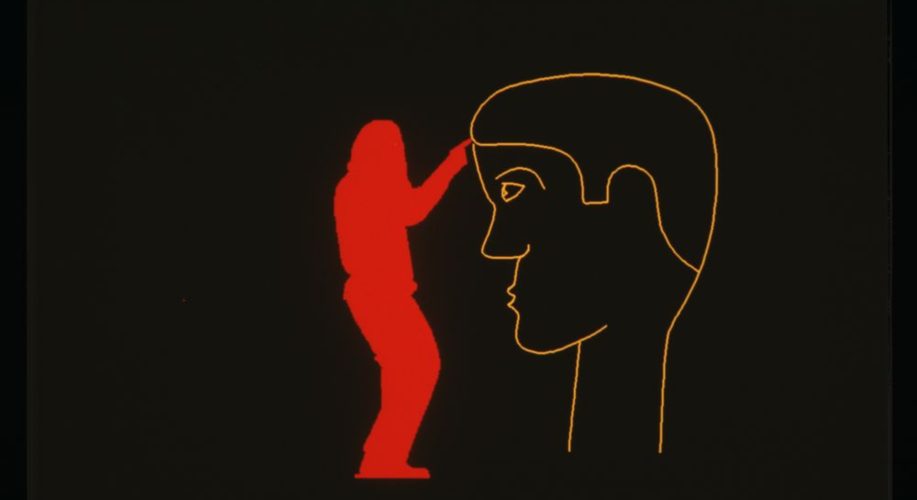
Throwback: Videoplace
In 1990 the time was ripe to take the next evolutionary step in the development of Prix Ars Electronica by adding a new category for “Interactive Art”.
